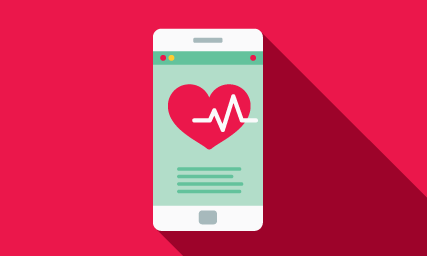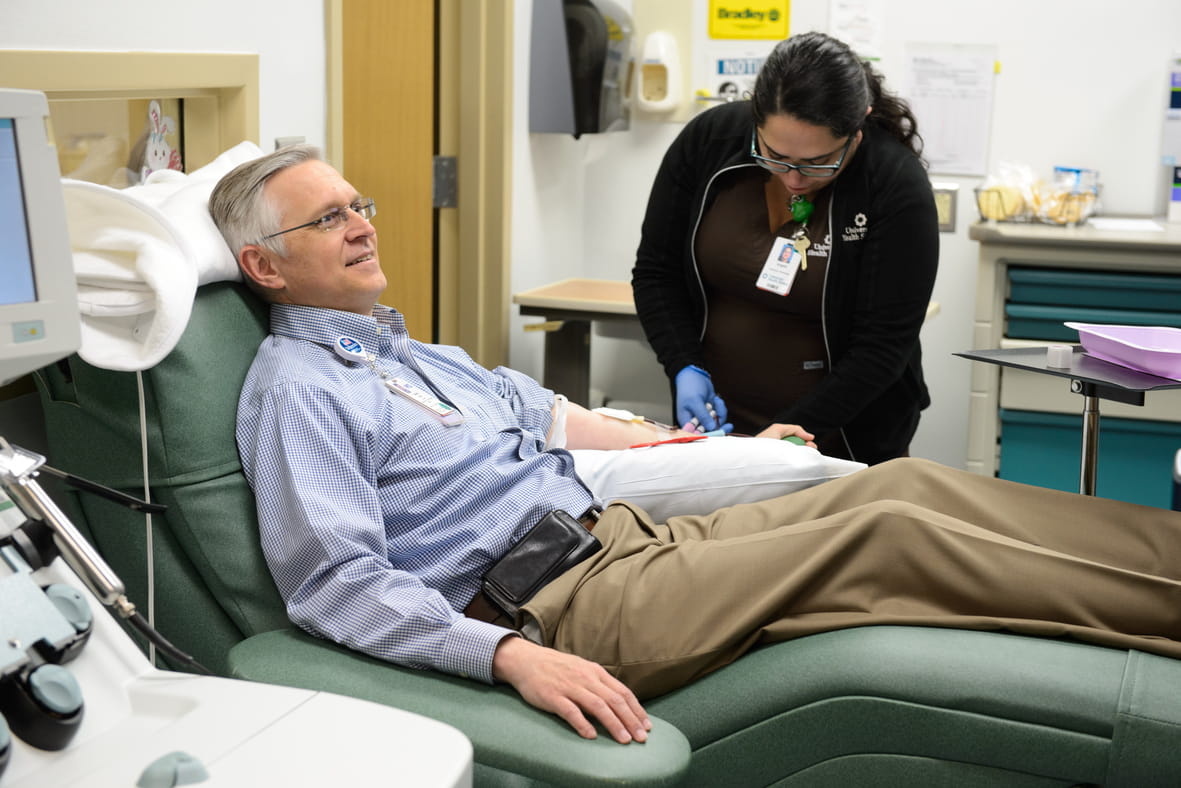February is a special month, and not just because of Valentine’s Day. February is Heart Month, so let’s take some time to think about our heart health.
Despite new technology, new diagnostic tools and new medications, heart disease is still the number one killer for both men and women. I would like to take the opportunity to encourage you to take charge of your health and talk to your health care provider about your heart health.
Today, we have the power to predict your individual risk for certain heart diseases by genetic testing.
Common Heart Conditions We Treat
- Cardiomyopathies (congestive heart failure) – hypertrophic cardiomyopathy, dilated cardiomyopathy, amyloidosis
- Arrhythmias (irregular heartbeats) – long QT syndrome, Brugada syndrome
- Aortic aneurysms (dilated aorta)
- Familiar hyperlipidemia (high cholesterol)
- Congenital heart disease
Heart Disease Affects Many Women in the U.S.
Heart disease and stroke kill more women than all types of cancers combined. One in four women will die of heart disease. However, 45% of women in the U.S. between the ages of 25-60 do not know that heart disease is their number one killer.
The prevalence of heart disease for women increases with the onset of menopause. Heart disease is a lifelong condition, and once you have it you will always have it. When it comes to heart disease, women have been traditionally under-diagnosed, under-treated and underserved.
Risk Factors for Heart Disease
Some affect men and women equally, such as:
- Age
- Family history
- High cholesterol
- Peripheral vascular disease
- Smoking
Some risk factors affect women more than men, including:
- Diabetes
- Hypertension
- High triglycerides (fat in blood)
- Truncal obesity
Risk factors unique to women:
- Postmenopausal state
- Oral contraceptive use
- Postmenopausal hormone replacement therapy
- Gestational diabetes
- Pre-eclampsia
Prior cancer treatment can weaken your heart, and prior radiation therapy can harden the coronary arteries causing early atherosclerosis.
Change Your Future by Changing Your Lifestyle
Take these steps to reduce your risk of getting heart disease:
- Keep track of your cholesterol and blood pressure
- Maintain a healthy weight
- If you smoke, ask your health care provider for help quitting
- Exercise for at least 30 minutes a day
- Get bloodwork yearly (If your results are less than optimal, seek medical attention early)
Signs of a Heart Attack
During a heart attack, you may feel uncomfortable pressure, squeezing, fullness or pain in the center of your chest that lasts more than a few minutes, or goes away and comes back.
Women often have other presentations of heart attack, including:
- Jaw pain
- Shortness of breath
- Cold sweat
- Nausea
These symptoms can occur with or without chest pain.
The Bottom Line
Know your risk factors through genetic testing, know the symptoms of heart attack and know when to seek help from a health care provider.
The heart team at University Health can help you take the first step to a healthier heart. Contact us to request an appointment.

Heart disease is the leading cause of death for both men and women.
Our free online risk assessment only takes a few minutes. It will help you better understand your risk of developing heart disease and how you may be able to lower it.




